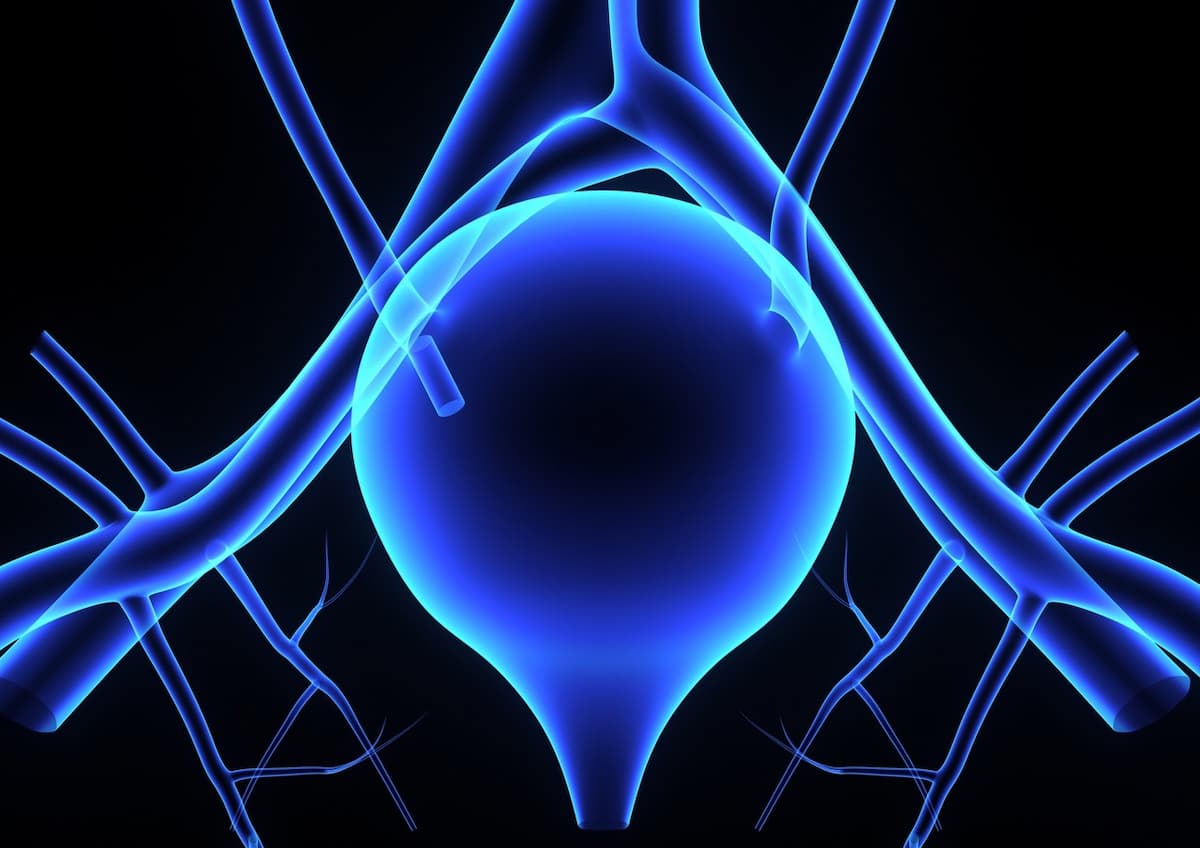IDE397 Combo Displays Promising Activity in MTAP-Deletion Urothelial Cancer
A manageable safety profile was observed across 2 expansion doses of the combination in urothelial cancer, consistent with known adverse effects of both drugs.
As of the data cutoff date of August 29, 2025, the median progression-free survival and duration of response were not reached.

The combination of the MAT2A inhibitor IDE397 and sacituzumab govitecan-hziy (Trodelvy) displayed promising activity in a small cohort of patients with late-line MTAP-deletion urothelial cancer in a phase 1/2 trial (NCT04794699), according to a news release from the drug’s developer, IDEAYA Biosciences.1
Efficacy data revealed that among 2 dose expansion cohorts, which were IDE397 at 15 mg and sacituzumab govitecan at 10 mg/kg, or dose level 1 (DL1; n = 9), and 30 mg of IDE397 plus 7.5 mg/kg of sacituzumab govitecan, or dose level 2 (DL2; n = 7), the objective response rate was 33% and 57%, respectively. Additionally, across the 2 dose levels, 100% and 71% of patients, respectively, experienced disease control. Furthermore, as of the data cutoff date of August 29, 2025, the median progression-free survival and duration of response were not reached.
A manageable safety profile was observed with the combination, and the reported adverse effects (AEs) were consistent with the known profiles of each individual agent. No treatment-related AEs (TRAEs) were observed at DL2. The most common grade 3 or higher TRAEs included anemia and neutropenia at DL1 and anemia, asthenia, and diarrhea at DL2.
“We are pleased with the progress we are making with the [sacituzumab govitecan] and IDE397 combination and are encouraged by the early response rate data we are seeing in previously treated MTAP-deleted urothelial cancer. These results set the stage for further testing of the combination in non–small cell lung cancer, where we have just dosed the first patient in our clinical trial," Darrin Beaupre, chief medical officer of IDEAYA Biosciences, said in the news release.1
The phase 1/2 trial enrolled patients 18 years or older with advanced or metastatic solid tumors with progression on at least 1 prior line of therapy and evidence of homozygous loss of MTAP or MTAP deletion.2 Patients were treated across 6 dose cohorts, with the last 2 encompassing the sacituzumab govitecan combination cohorts. IDE397 was given orally, and sacituzumab govitecan was administered as an intravenous infusion.
Patients with measurable disease, an ECOG performance score of 0 or 1, adequate organ function, and recovery from acute effects of prior therapy were eligible for trial inclusion.
Exclusion criteria included those with symptomatic brain metastases or central nervous system malignancies, current active liver or biliary disease, impaired gastrointestinal function, uncontrolled infection, or clinically significant cardiac abnormalities. Additionally, those treated with prior MAT2A/PRMT inhibition or sacituzumab govitecan, systemic anticancer therapy or major surgery within 4 weeks of study entry, or radiation therapy within 2 weeks of study entry were ineligible for trial participation.
A total of 19 patients with late-line MTAP-deletion urothelial cancer were evaluated in the trial, 16 of whom were evaluable for efficacy. A total of 68% of patients experienced progression following 2 or more prior therapies, 84% received an immuno-oncology therapy, and 32% received enfortumab vedotin (Padcev).
The primary end points of the trial included dose-limiting toxicities, the maximum tolerated dose, and preliminary antitumor activity. Secondary end points included plasma pharmacokinetics of IDE397 and metabolite, drug interactions between IDE397 and other combination therapies, and pharmacodynamics.
According to the developers, the selection of a recommended phase 2 dose of IDE397 is targeted by the end of 2025, with the next update planned for a medical conference during the first half of 2026. Furthermore, there are currently no therapies approved in the US for patients with MTAP-deletion solid tumors.
References
- IDEAYA Biosciences announces positive data from phase 1/2 combination trial of IDE397, a potential first-in-class MAT2A inhibitor, and Trodelvy in MTAP-deletion urothelial cancer. News release. IDEAYA Biosciences. September 8, 2025. Accessed September 9, 2025. https://tinyurl.com/tcc5x953
- Study of IDE397 in participants with solid tumors harboring MTAP deletion. ClinicalTrials.gov. Updated November 18, 2024. Accessed September 9, 2025. https://tinyurl.com/5ydf5bzx